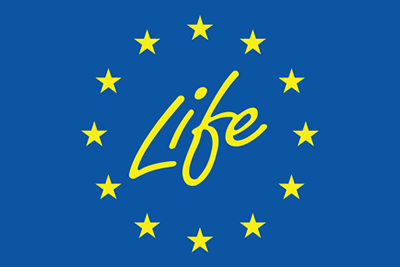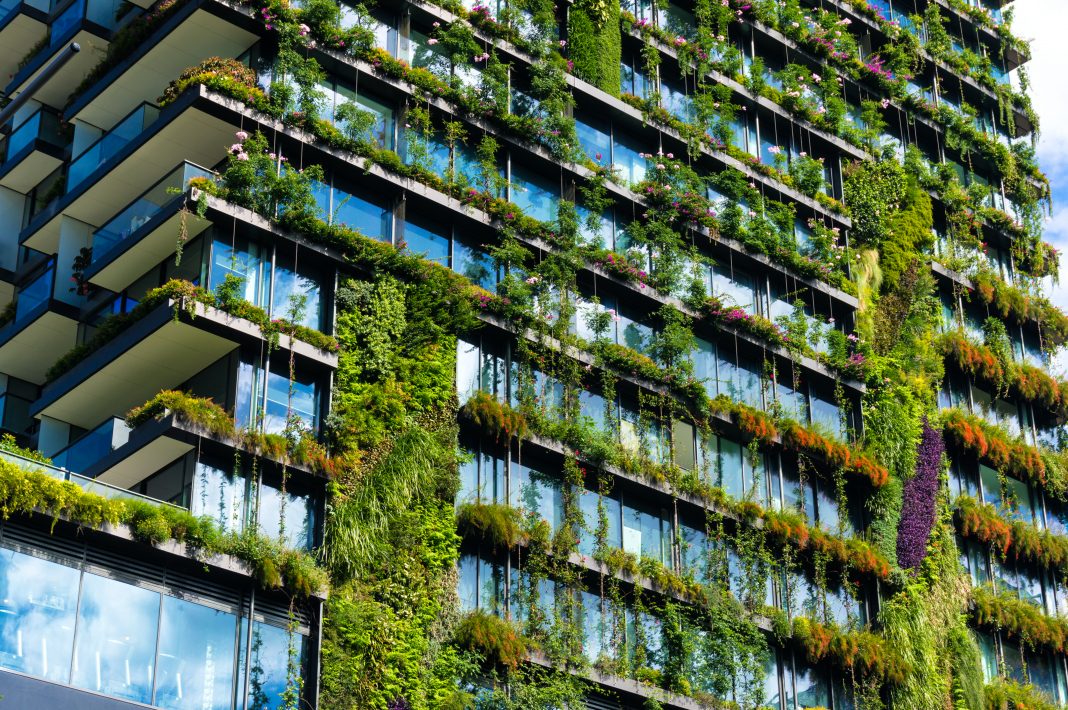More than 2700 European building sector stakeholders have been trained to use the Level(s) Framework indicators on the sustainability of buildings
After two years of providing research and insights on how to integrate the Level(s) Framework into green building certification schemes criteria, how to develop quality product data by addressing the whole life cycle impacts and how to inspire the public procurers to insert sustainability component in their tenders, LIFE Level(s) project entered its final stage.

Reducing the environmental impacts of buildings
The goal of the LIFE Level(s) project is to steer the focus towards the whole life cycle of buildings when it comes to health and environmental impacts stemming from generated waste, extracted material and carbon emissions.
To accomplish such a task eight European Green Building Councils from Spain, Italy, Croatia, France, Germany, the Netherlands, Ireland and Finland, push European Commission’s Level(s) framework into the buildings sector mainstream. Level(s) provides a common language for assessing and reporting the sustainability performance of buildings. It offers an extensively tested system for measuring and supporting improvements, from buildings’ design to end-of-life stage.
Level(s) is a holistic tool that aims to move construction value chains closer to the circular economy and to address the Whole Life Cycle of buildings in a way understandable to policymakers, building professionals and investors. By stressing the environmental impacts of buildings, future-proofing products, using quantifiable indicators for health and wellbeing, costs and risks, the Level(s) framework lies at the core of delivering sustainability in the buildings sector.
The way to achieve that is to use the Level(s) indicators separated across several macro-objectives and thematic areas to report on the social, environmental, economic, climate adaptation and human health performance of buildings.
What are the key areas of Level(s) implementation?
The project primarily focused on working with the public authorities, product manufacturers and certification scheme operators as key stakeholder groups in achieving better and comprehensive integration of Level(s) life cycle and quality of life indicators. For that reason, the project focused on several key areas that reflect the potential implement Level(s), but also the encompassing stakeholder groups:
- Recommendations on how the Level(s) criteria align with key certification schemes
- Recommendations on data related to environmental/health impacts of construction materials
- Recommendations on how the Level(s) indicators align with Green Public Procurement (GPP)
- Capacity-building programs of stakeholders across the value chain to apply indicators
- Awareness raising campaigns on EPDs and Level(s)

“The results produced by the LIFE Level(s) project are a valuable source of knowledge to grow the awareness of the construction stakeholders on the sustainability issues as well as their actual capacity to understand, measure and demonstrate the building’s impact and answer to the requirements of the European and national policies for sustainable construction”
Simplifying the reporting process
The synergy potential between green building certification schemes and Level(s) cannot be understated as the Level(s) Framework macro-objectives address sustainability concepts over the whole life cycle of buildings in line with EU policies and climate goals, while green building certification schemes provide national specificities and further building sustainability topics. Therefore the project developed a mapping procedure and a reporting template, tools which enable the simplification of the reporting process and alignment with specific certification schemes.
As building standards and codes require better performing buildings to lower operational carbon, building designers fail to address quantities of materials in buildings, leading to higher embodied carbon. The LIFE Level(s) project supports the development of quality data, through reports on improving the quality and correct use of data for several countries.
The best source of data for the environmental impacts of building materials or components is an Environmental Product Declaration (EPD). It is hoped that by demanding to see EPDs from suppliers and manufacturers they will be incentivised to produce them, examine their processes, and seek to improve their carbon footprint.
To establish a full circle of areas within the construction industry where Level(s) can place its foot, the project mapped and collected the best practice examples of Level(s) indicators being placed in public procurement tenders, and the results that came out of such procurements. The project developed guide paves the way for European public procurers to take into account whole life cycle criteria when improving the national infrastructure, whether through new construction or much-needed renovation.
The last stage of the LIFE Level(s) project
In the last stage of the LIFE Level(s) project, the partner Green Building Councils have created and conducted specialized training sessions and national capacity-building programs to implement the sustainability performance of buildings indicators in broad areas of the buildings sector. To address the whole value chain of European stakeholders, the LIFE Level(s) training program targeted the building professionals, product manufacturers and public authorities.
Training material and program of the LIFE Level(s) project were designed to include the topics of life cycle assessment (LCA), life cycle costing (LCC), indoor air quality (IAQ) and the development of environmental product declarations (EPDs).
Furthermore, each GBC adjusted the training material according to the national context, in particular the level of awareness of buildings’ impact on the environment, the capacities of local stakeholders and the adoption of the life cycle approach in the design actions.

“The partner GBCs organized their national training according to the needs of the respective markets, generally driven by changing legislation (e.g. Finland and The Netherlands) new public procurement rules (e.g. Ireland), lack of competence of the stakeholders (e.g. Italy and Croatia). Within the project 2700 European building sector stakeholders were trained to use Level(s) indicators”
The capacity building conducted by the LIFE Level(s) Green Building |Councils were designed to provide comprehensive market training for key stakeholders whose work in the buildings sector can be strengthened through whole life cycle thinking and the use of Level(s) Framework indicators.
The impacts of buildings on human health and the environment are now vital more than ever as the elements such as quality of life, costs of living and operational use of buildings, resources and products, and investments shape not only national buildings and construction sectors, but economies as a whole.
The eight LIFE Level(s) GBCs are ambitious to continue carrying out the training on the levels of buildings’ sustainability in the future to steer the national building sector stakeholders toward the adoption of building performance indicators of the Level(s) framework into everyday use in the industry.

Find out more about LIFE Level(s) HERE.
Life for Lca Lcc Level(s) has received funding from the European Union’s Life Programme under the Grant Agreement no. LIFE18 GIE/ES/000911.

This work is licensed under Creative Commons Attribution-NonCommercial-NoDerivatives 4.0 International.


